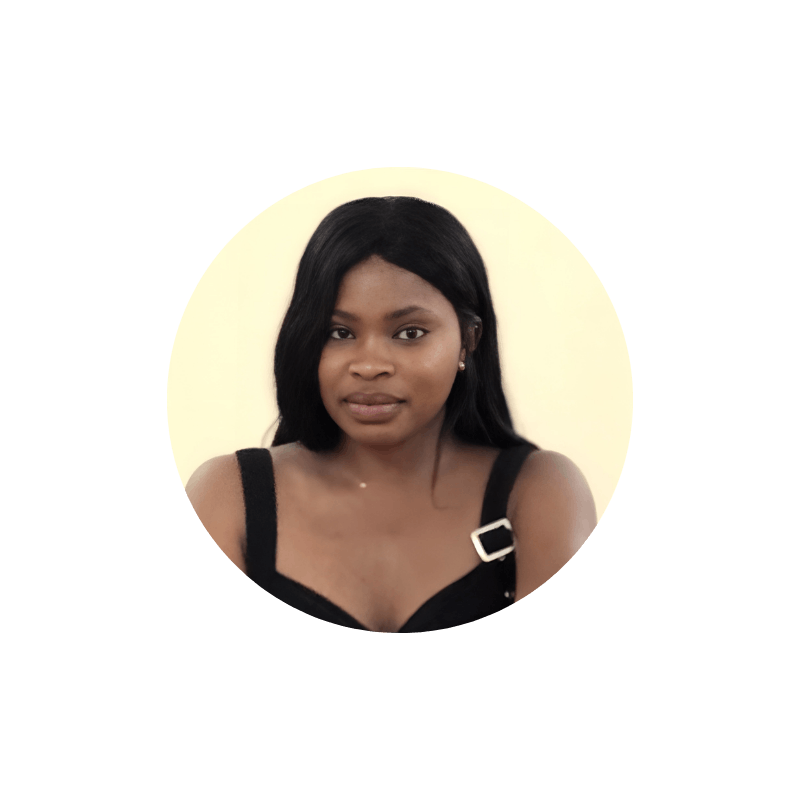
Virtual clothes fitting with Google's new AI feature!
Fashion e-commerce is constantly evolving, with the aim of replicating as closely as possible the physical store experience for e-commerce customers. With this in mind, fashion brands are each in turn implementing different solutions, such as product discovery and search using images, or virtual fitting.
Visualize clothes before you buy
1) See how clothes look on different skin tones and morphologies
The primary aim of Google's new feature is to address a major problem for e-commerce customers: the lack of projection.
Indeed, customers tended to buy clothes with a rough idea of how they would look on them. This often led to disappointment and product returns.
According to Google, 42% of e-commerce shoppers don't feel represented by the models on offer, and 59% are dissatisfied with a product they bought online because it was different from what they expected.
Google has therefore decided to improve the customer experience by integrating virtual fitting, on one of the most sought-after product categories: clothing.
Customers can now see how clothes would look on a variety of mannequins. On mannequins ranging in size from XXS to 4XL, customers can visualize garments for different skin tones, morphologies and hair types.
2) Google's new generative AI model
Google makes a point of ensuring that the images in its virtual fitting tool look "realistic". To achieve this, they use an AI model based on the diffusion.
This technique pinpoints details such as the way clothes fold, hang, stretch or crease. It enables Google to generate product images on mannequins with different morphologies, in different poses and from different angles.
The ultimate aim is to render the clothes on the mannequins as realistically as possible, and with high-quality images.
For the time being, this feature is only available in the United States and on women's tops. Brands such as Anthropologie, Everlane, H&M and LOFT are already live in the tool.
The benefits of Google virtual fitting for fashion brands
Virtual fitting offers several advantages in terms of customer experience and business performance.
On the one hand, customer engagement is boosted thanks to garment visualization, which gives the shopping experience an interactive dimension.
In addition, virtual fitting accentuates the personalization of customer journeys, notably with the choice of mannequins based on morphology and skin color, giving a completely different vision of the shopping experience, which adapts to shoppers and reinforces their confidence.
On the other hand, by enabling customers to visualize garments, brands remove the doubts associated with online purchasing and increase customers' purchase intent, and hence conversion rates.
Veesual, one of the pioneers of virtual fitting in France
Before Google, Veesual anticipated the importance of virtual fitting for fashion brands.
The company created two experiences:
- the Switch Model, which allows customers to choose a mannequin according to their size, skin color, morphology...
- the Styling experience, which allows customers to compose their own looks by browsing different collections, mixing tops, bottoms, jackets and accessories.
While Google aims to make its images "realistic", Veesual focuses on the precision of fitting, and the rendering of different garment sizes on mannequins.
Indeed, even if AI makes it easy to visualize the images, the aim beyond that is to respond to the real problem facing customers, which is size selection when shopping online.
In Veesual's various experiments with brands such as La Redoute, Jules and Gémo, the rendering of garments is precise for each mannequin (for example, the rendering of a dress will be different if the mannequin is a size S/M/L or if it is a small or large size).
This precision reduces the risk of post-purchase returns and boosts the confidence of e-commerce customers.
Google's new feature reaffirms the importance for fashion brands of moving towards augmented e-commerce experiences, such as virtual fitting.
With Google's global search engine, we have precise and relevant information on consumer needs.
Through this launch, we can see one of the major concerns of consumers: visualization and projection in what they buy online.
RESOURCES
Discover our new article

"Complete the Look" Banners : is it enough ?
Scroll through any product page on a fashion eCommerce site and chances are you’ll see it: a “Wear it With” or “How to Style It” section, usually nestled just beneath the product. These are variations of what many fashion brands refer to as “Complete the Look” banners—a quick way to suggest complementary items that finish an outfit.

Has Online Shopping Lost Its Spark?
For years, e-commerce has delivered on convenience, speed, and scale. But something essential may have been lost along the way: the joy of shopping.

5 Ways Virtual Fitting Can Elevate Your Fashion Brand’s Online Presence
Virtual fitting has become a must-have in fashion e-commerce. Just like everything in fashion, ignoring the trend means falling behind. Virtual Fitting is more than a nice-to-have, it boosts your online shopping experience while making it more accessible and engaging for everyone.
